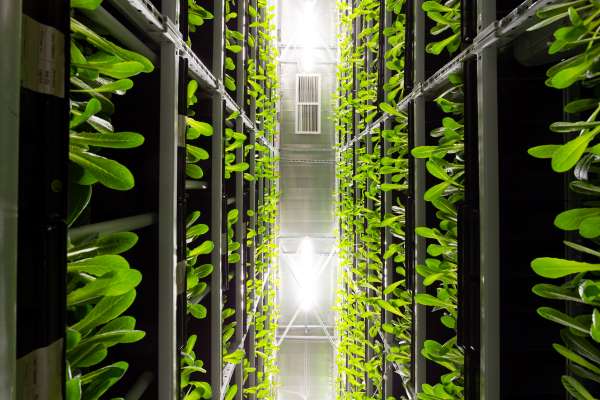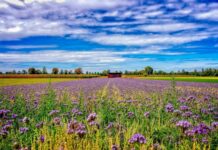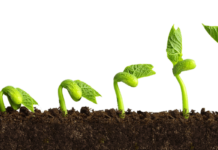As the population on Earth continues to grow, we will need to increase our food supply to match it. However, this can seem challenging, as there is only a finite amount of land farmers can use for planting. One of the solutions may be to bring agriculture to our homes.
This means more than planting a garden — more people are looking to grow food inside of their homes. But could this food revolution really boost our food supply and make it safer?
What Is Indoor Growing?
Indoor growing often consists of vertical farming and hydroponics. Vertical farming means growing crops in an enclosed area. As it sounds, vertical farms mean farmers stack the plants on shelves. They constantly check the temperature, moisture and air quality of the space to ensure proper growth. By doing this, the public could access fresh produce at any time during the year.
Hydroponics means growing crops without soil. While it sounds impossible, there are ways to make it work. Plants still use light to perform photosynthesis, but their roots are exposed to the air to absorb oxygen. Farmers mix phosphorous, nitrogen and calcium into the water they feed to the crops. Some plants use a growing medium like shredded coconut husks, while others can grow entirely by air.
How to Bring Agriculture Inside
To grow food crops indoors, you need to be able to control aspects of the environment. One of the most imperative things is temperature control. Indoor growing means you can have produce throughout the year, but both excessive heat and cold can damage crops. Therefore, monitoring temperature changes and making adjustments is crucial to indoor farmers.
Another vital factor is monitoring the carbon dioxide levels in a growing area. Too much of it can cause serious harm to produce, so checking the amount of carbon dioxide is essential. While CO2 does help plants grow, having any extra can reduce the amount of nutrients the crop provides. So farmers need to carefully check their carbon dioxide levels to help their plants grow and make sure they’re still nutritious.
Light is fundamental for plant growth. However, plants only use specific wavelengths of light during photosynthesis. Vertical farming experts have found that purple LED light is best for crop growth. Red and blue light are the crucial colors for photosynthesis, so farmers have switched to these over other lighting systems. Purple LEDs are also very efficient with their energy use, so using them for plants is very cost effective.
How It Can Help
Indoor growing can increase our food supply. Vertical farming requires less space than traditional horizontal farms and allows for more production. Additionally, we will be able to throw out less food. Indoor farms don’t use pesticides, have not been affected by dangerous parasite outbreaks and are protected from wildlife that can potentially contaminate them. Indoor farms can test extensively for E. coli and often don’t require washing because they haven’t been in contact with diseases or dangerous chemicals.
Growing crops inside can also be beneficial for town residents. Indoor farmers can easily grow their own shiitake and oyster mushrooms and sell them at local markets. They can also take their crops to restaurants, receiving a profit from them and allowing the eatery to promote their use of neighborhood-grown produce. Vertical farming and hydroponics have an incredible potential to boost local economies.
In Africa, farmers can use about six percent of the land for permanent crops. However, agriculture makes up around 30% of the value of their exports. Farmers have to use shifting cultivation to use fertile land and then abandon it until the soil has replenished itself. Indoor growing could allow for more food production and more consistent access to rich growth opportunities as well. The ability to grow crops without soil would be incredible in places with less land to farm on.
Vertical Farming and Hydroponics Are the Future of Farming
The possibilities for indoor farming are incredible. It can make food safer, influence local economies and provide access to fresh produce year-round. When we need to throw out less, indoor growing can help us save more in many ways. Hydroponics and vertical farming can increase our food supply and make it healthier for us and the planet.
 Jane is an agriculture and environmental journalist and the founder and editor-in-chief of Environment.co, where she covers sustainability and eco-friendly living.
Jane is an agriculture and environmental journalist and the founder and editor-in-chief of Environment.co, where she covers sustainability and eco-friendly living.



 Jane is an agriculture and environmental journalist and the founder and editor-in-chief of
Jane is an agriculture and environmental journalist and the founder and editor-in-chief of 





[…] Supply backlink […]
Comments are closed.